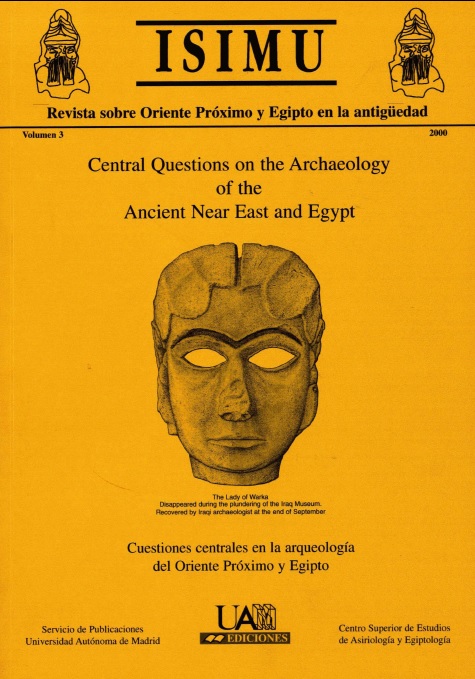Origini ed evoluzione del sistema centralizzato ad Arslantepe: dal tempio al palazzo nel IV millennio A.C.
Palabras clave:
Evolution of centralised societies, Arslantepe, Late Chalcolithic , temple, "palace" origin, local componentsDerechos de autor 2016 ISIMU

Esta obra está bajo una licencia internacional Creative Commons Atribución-NoComercial 4.0.
Resumen
This article reconsiders the nature of the development of a highly centralised political and economic structure at Arslantepe at the end of the fourth millennium BC (period VI A) in the light of a recent discovery of a huge ceremonial building from the middle of the 4th millennium (period VII), which stresses the importance of local components. This earlier building has a tripartite layout that clearly recalls a typical Mesopotamian architecture typology, but the archaeological materials show completely and exclusively local characteristics, without any evidence of Uruk influence. On the other hand, the main activity performed in this building, which seems to be a temple or ceremonial structure, was redistribution carried out under an administrative control, as is suggested by hundreds of mass-produced bowls and numerous clay-sealings. The development of the Arslantepe period VI A society, expressed in what appears to be the first example in the Near East of a "palace" complex, in this perspective, should be seen as a local and original evolution from earlier developments shared with other regions of Greater Mesopotamia, rather tan the effect of an emulation of foreign communities.
